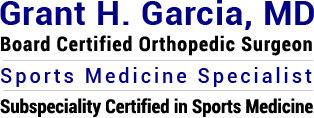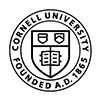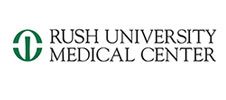Sternoclavicular (SC) Joint Injury
Information from AAOS.org
Background:
The sternoclavicular (SC) joint is one of the four joints that complete the shoulder. The joint is located in the spot where the clavicle (collarbone) meets the sternum (breastbone) at the base of the neck. Although not common, problems with the SC joint can arise from injury and other disorders.
Injuries to the SC joint typically result from motor vehicle accidents or participation in collision sports like football. While these injuries can be painful, most are relatively minor and will heal well without surgery. Very rarely, a hard blow to the SC joint can damage the vital organs and tissues that lie nearby. When this occurs, it is a serious injury that requires immediate medical attention.
The SC joint can also be damaged over time, as the protective tissue that covers the ends of the bones gradually wears away. This type of degenerative change in the joint can lead to pain, stiffness, and reduced motion in the shoulder and arm.
Anatomy
The sternoclavicular (SC) joint is the linkage between the clavicle (collarbone) and the sternum (breastbone). The SC joint supports the shoulder and is the only joint that connects the arm to the body.
Like the other joints in the body, the SC joint is covered with a smooth, slippery substance called articular cartilage. This cartilage helps the bones glide easily along each other as you move your arm and shoulder. Tough bands of connective tissue called ligaments surround the SC joint, giving it strength and stability.
Immediately behind the SC joint lie several important nerves and blood vessels, as well as other vital structures like the trachea (windpipe) and esophagus (which connects the throat to the stomach).
Description
Injuries and osteoarthritis are the most common disorders associated with the SC joint.
Injuries
Injuries to the SC joint can range from a mild sprain, in which the surrounding ligaments are stretched (the most commonly seen injury), to a fracture of the clavicle (collarbone) itself.
In rare cases, a strong blow to the shoulder can cause an injury in which the joint dislocates completely from its normal position. Joint dislocations are classified as either "anterior" or "posterior," depending on the direction in which the collarbone is pushed during the injury:
- Anterior—the end of the clavicle is pushed forward, in front of the sternum (breastbone)
- Posterior—the end of the clavicle is pushed backward, behind the sternum and deep into the upper chest
*Although both kinds of dislocations are serious injuries, a posterior dislocation requires more urgent medical attention. In a posterior dislocation, the vital structures behind the SC joint can be compressed, leading to life- threatening problems with breathing or blood flow.
Causes of injury.
The ligaments surrounding the SC joint are some of the strongest in the body, so it takes a great deal of force to cause an injury. Typically, injuries to the joint are caused by some type of high-impact event, such as a:
- Collision
- Hard fall during a contact sport like football or rugby
- Motor vehicle accident
Because of the significant force needed to cause an injury, patients may also have additional injuries to the chest, airways, and extremities. In some cases, injury to the SC joint is overlooked at first because these other injuries require urgent attention.
For more information visit orthoinfo.aaos.org

















